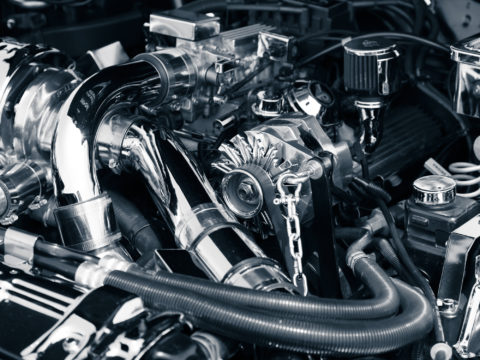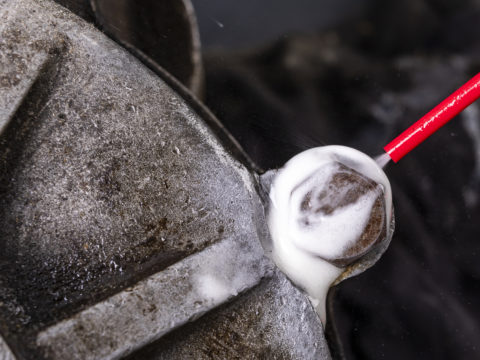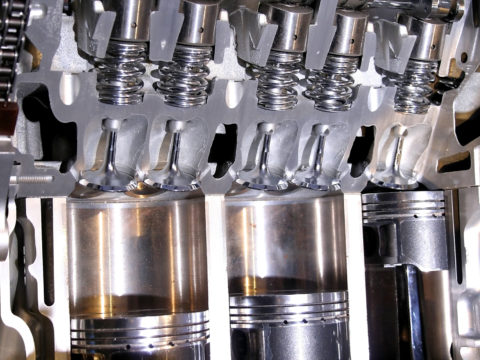GDI engine stands for Gasoline Direct Injection engine, which is the most modern form of fuel injection and has come standard on many automobiles for years now. Every technology evolves with new discoveries and improvements, and this is no exception.
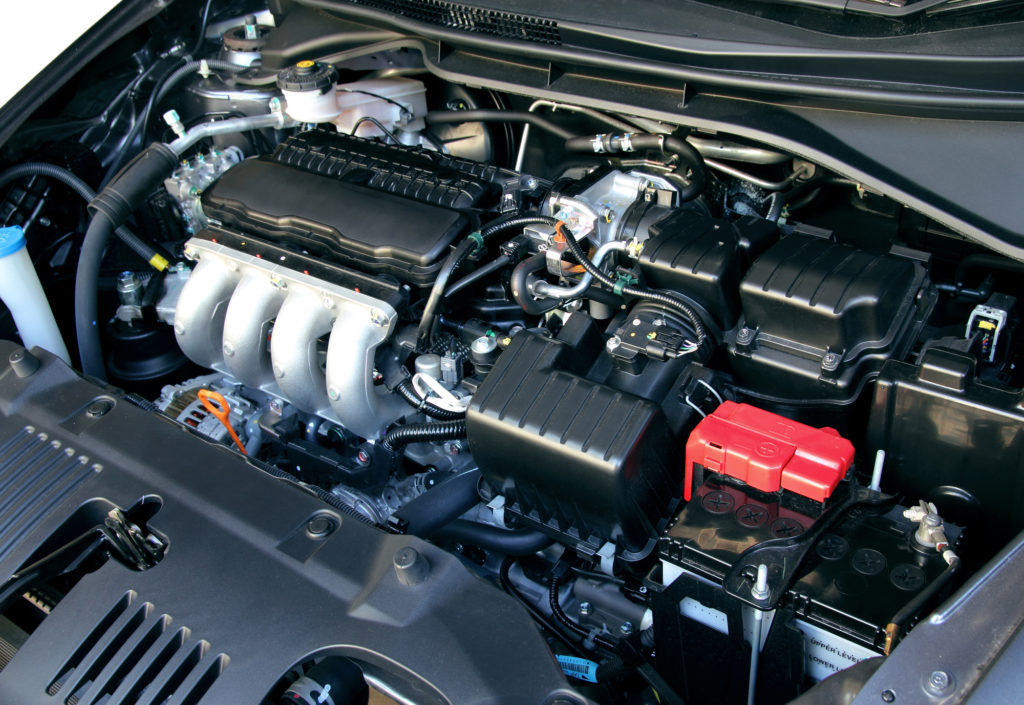
The original technology is quite old, coming out in 1925 for a truck engine. The problem was that it was a mechanical device at this time, and it still was when some German cars used them in the 1950s.
But in 1996, Mitsubishi introduced the electronic GDI system and changed everything. Now approximately 50% of US cars have this type of engine.
Contents
How does the GDI engine work?
There are three types of fuel injection methods:
The first two, wall-guided and air-guided, are often combined because air-guided works somewhat inefficiently on its own.
The main difference between these three methods is the distance from the spark plug. The spray-guided injection is the only one located close to the spark plug because the fuel sprays in at the end of the piston’s compression and ignites immediately, resulting in a good burn.
By comparison, the suction created from the piston moving down draws in fuel in the air-guided system. Compared to the wall-guided system, the gas enters a swirl cavity on the piston as it drives toward the spark plug where the fuel ignites.
GDI Engine vs. Fuel Injection
GDI systems differ from standard fuel injection as the nozzle directly injects fuel into the combustion chamber. However, older fuel injection systems inject gas into the manifold, not the combustion chamber.
How long will a GDI engine last?
While GDI engines burn fuel more efficiently, lower emissions, save money, and are better for the environment, they lose points when looking at engine maintenance.
Simply put, this system will either work inefficiently or not at all if not properly maintained. Maintenance issues arise due to how the engine functions, a lot of carbon accumulation is very likely to form and needs to be properly cleaned from time to time.
Furthermore, some people unknowingly use poor quality fuel, causing solids to get left behind, which may mean that the engine needs maintenance sooner than expected. Before buying a car like this, a buyer should learn about maintenance considerations to keep the engine running in peak form.
Consequently, the answer to the question “how long will a GDI engine last?” has to come down to how well the owner maintains it. If well maintained, the engine will be reliable and should last a long time, and maintain good performance over the 100,000-mile mark with very few issues.
On the other hand, if a person does not practice good maintenance, the engine will likely work poorly and may not last very long.
What Cars Have GDI Engines?
The list of cars that use GDI engines is too vast to list here as it encompasses approximately 50% of the entire car industry.
● Ford Focus, Fiesta, and Mustang
● Hyundai Accent and Elantra GT
Benefits of Cars with GDI Engine
● Idling in city traffic can save as much as 20-25%
Common Problems with GDI Engines
One of the biggest problems common in GDI engines is an unknowing owner using low-quality fuel. Since everything is running efficiently and cleanly in this type of engine, bad fuel introduces unwanted solids, such as Sulphur, iron, phosphorus, and many more, that don’t burn off cleanly.
Two disadvantages relate to repairs and maintenance—technical parts and few spare parts.
On the technical side, some of the parts and processes that make the system work require specialized knowledge that few may possess.
Having few spare parts is a self-explanatory problem. If a repair shop has trouble sourcing a needed part, there will be delays getting the engine running as it should again.
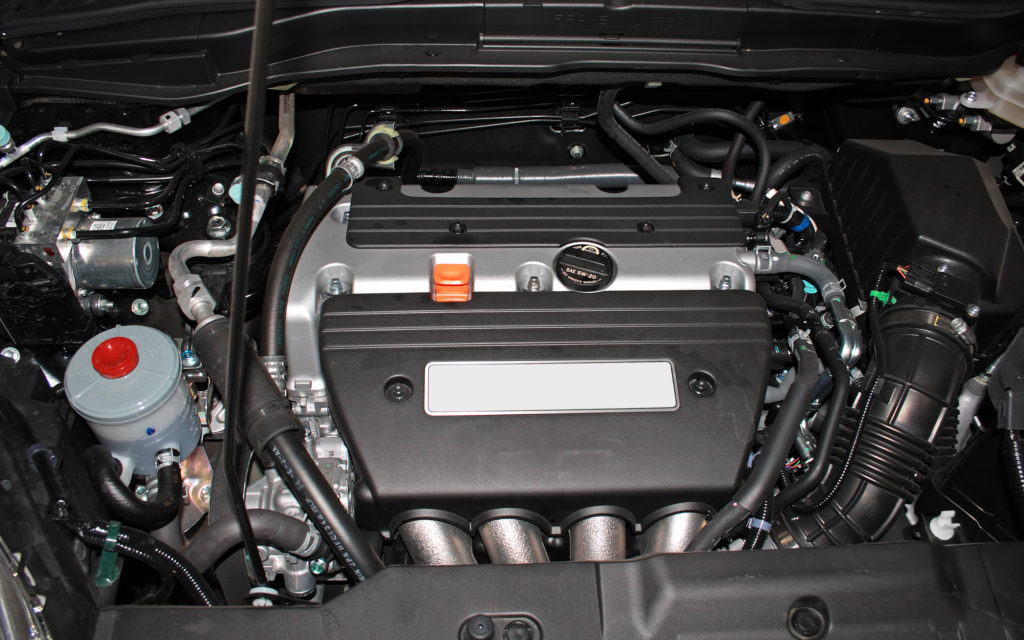
GDI Engine Maintenance
How to prevent carbon buildup
Apart from a faulty part that needs replacing, the golden rule in preventing carbon buildup is keeping everything clean so it never gets too dirty. This necessity is due to the precision operations, so the system needs cleanliness to function as designed.
Specifically, the valves and pistons need to stay clean so that the engine does not lose power, waste fuel, and burn oil. Choosing the right kind of oil for the engine is a big part of getting this right too, and each manufacturer’s manual will state which oil is best for that engine.
No matter how good your oil is and how high-quality your fuel is, carbon will build up inside the engine. As stated earlier, this is most notably a problem around the valves and pistons.
If maintained properly, removing light to moderate carbon buildup should not be a cause for concern. The easiest way is to purchase an aerosol intake system cleaner. There are several brands on the market, Berryman, Seafoam, and CRC, to name a few.
There are many benefits to keeping the engine clean by performing this relatively simple maintenance step. First, if done early in the life of a vehicle, there is a good chance that a critical amount of carbon will never accumulate, eliminating the need for an expensive professional cleaning.
We recommend working in regular cleaning as routine maintenance, just like changing the oil every few months. Do them around the same time, and there is no reason you should not have a clean, long-lasting engine.
Finally, we advise performing an oil change after using the intake cleaner. To get the best clean, drive the vehicle for about twenty miles to give the intake cleaner time to do its job. Then the oil change will remove everything and leave a clean engine behind.
How often should you clean a GDI engine?
Unfortunately, this is not a one answer fits all situations question. People who live in cities who experience start and stop driving and more pollution in the air will accumulate more carbon buildup in the engine. However, people in rural areas with cleaner air and better driving conditions experience fewer problems.
The next part is which method the owner wants to employ. If a person does not mind performing maintenance on their automobile, the aerosol cleaner method described above should work well.
However, some people, for various reasons, can’t or won’t perform this maintenance. For these people, letting it build up and eventually getting a professional cleaning is probably the answer.
In this case, most people wait until the 50-100k mile mark to let a professional do the cleaning.
GDI engine cleaning cost
The cost of this cleaning will largely depend on which method a person chooses, home maintenance or professional cleaning.
With home maintenance the aerosol cleaner costs about $12-$25, depending on the brand.
Professional cleaning costs a lot more but comes around much less often. Estimation places the cost around $165 on average.
Why Switch to a GDI?
In terms of savings on crucial factors like fuel costs and efficiency, the answer is simple: A GDI engine saves money both driving on open roads and when stuck in a traffic jam in a city.
This type of engine is eco-friendly due to lowered emissions, and everybody wants to breathe cleaner air. It only comes at the cost of needing some required maintenance, which is well worth it to save at the pump and help the environment.


